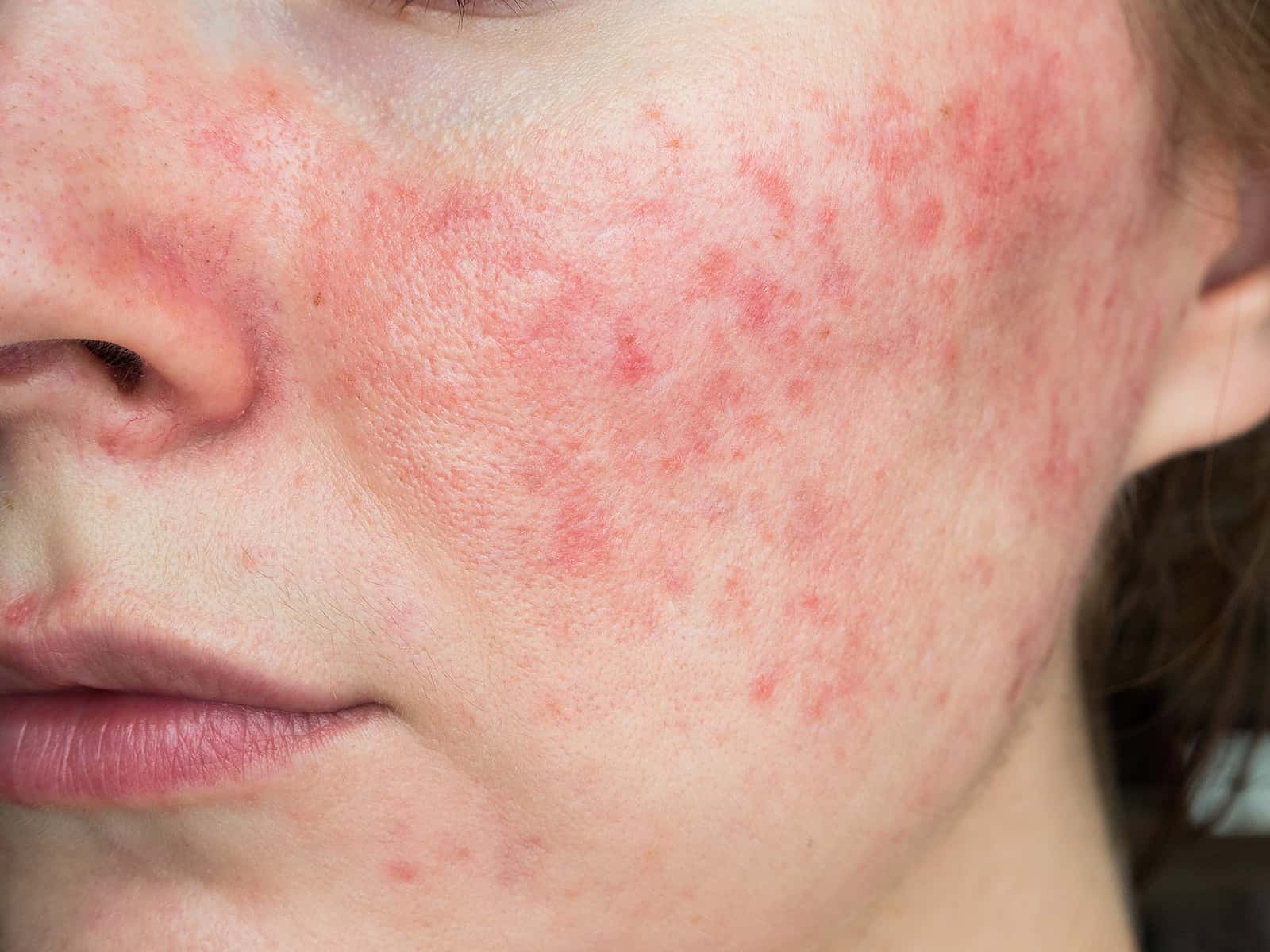
Acne rosacea (aka rosacea) is an inflammatory skin problem that affects some 16 million American adults. People with this condition (which is especially noticeable on fair skin) may start with easy flushing. Over time, however, they might find that their cheeks, chins or foreheads stay red. They may develop bumps on the skin that look like pimples, although they are not. Because dermatologists are not certain of the exact cause of rosacea, they may treat the symptoms. They recommend protection from sun exposure, avoiding triggers and using mild skin cleansers (American Family Physician, Aug. 1, 2015). The most common prescription medicines, such as metronidazole gel, work better for some individuals than for others.
What Can You Do About a Rosacea Skin Problem?
Q. Two dermatologists diagnosed me with acne rosacea. I was told how to care for my skin with creams and medicines to use on a daily basis. Even when I used these remedies, my skin would have flare-ups. I looked like a teenager with acne outbreaks in addition to red skin from the rosacea.
Then a family physician suggested I avoid nightshades like tomato and pepper to calm joint pain. At first I resisted, but I finally decided to remove these items from my diet. After a while, I realized that it had been months since I’d had any acne breakouts or redness in my skin.
I’ve found I can go three months or longer with clear skin even without the prescribed skin care routine. Why didn’t the dermatologists ever ask about my diet? Making those changes was much more cost-effective for my skin problem and I look much better.
Does Diet Play a Role in Managing Rosacea?
A. Dermatologists sometimes advise their rosacea patients to avoid spicy foods as well as alcohol and hot beverages (Dermatology Practical & Conceptual, Oct. 31, 2017). These are considered potential triggers for flushing that could make the skin problem worse. (Studies don’t always support this. For example, coffee is considered a trigger, but research shows that women who drink coffee are less likely to have rosacea.)
In addition, foods containing a compound called cinnamaldehyde (tomatoes, citrus and chocolate, among others) often seem to trigger outbreaks. Cinnamon also contains cinnamaldehyde. Some food manufacturers use it in chewing gum, candy, ice cream and breakfast cereal.
Citations
- Oge LK et al, "Rosacea: Diagnosis and treatment." American Family Physician, Aug. 1, 2015.
- Weiss E & Katta R, "Diet and rosacea: The role of dietary change in the management of rosacea." Dermatology Practical & Conceptual, Oct. 31, 2017. doi: 10.5826/dpc.0704a08

